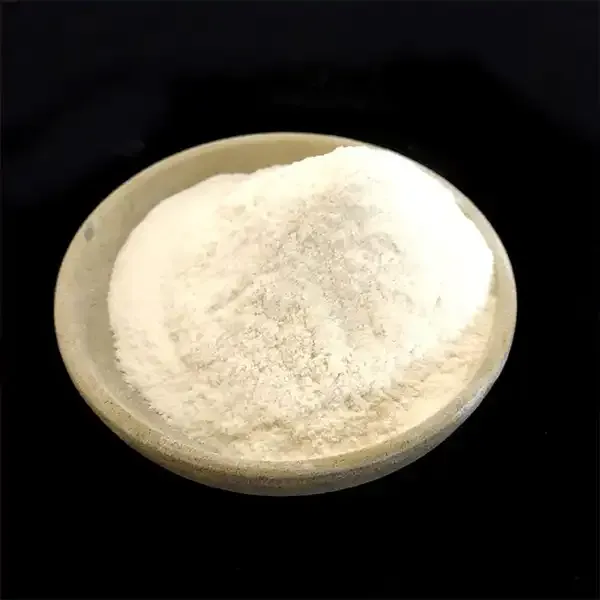The Rise of Additive Manufacturing Revolutionizing Production and Design
In recent years, the landscape of manufacturing has undergone a profound transformation, largely driven by the advent of additive manufacturing (AM) technology. Often referred to as 3D printing, this innovative process allows for the creation of complex structures layer by layer, using a range of materials including plastics, metals, ceramics, and more. As industries across the globe seek to improve efficiency, reduce waste, and enhance design flexibility, additive manufacturing has emerged as a pivotal solution, heralding a new era of production.
Understanding Additive Manufacturing
At its core, additive manufacturing is fundamentally different from traditional subtractive manufacturing techniques, which involve cutting away material to create a part. Instead, AM builds objects from the ground up, adding material only where it is needed. This process not only minimizes waste but also allows for the construction of intricate geometries that would be impossible or cost-prohibitive with conventional methods.
Additive manufacturing encompasses various technologies, including stereolithography (SLA), fused deposition modeling (FDM), selective laser sintering (SLS), and more. Each technology utilizes different materials and processes, providing a versatile toolset for engineers and designers. This versatility is especially beneficial in industries such as aerospace, automotive, healthcare, and consumer goods, where tailored components are often required.
Advantages of Additive Manufacturing
One of the most significant advantages of additive manufacturing is its ability to rapidly prototype products. In the traditional manufacturing process, developing a new product can take weeks or months due to the lengthy tooling and setup times. With AM, designers can quickly turn digital models into physical prototypes, allowing for faster testing and iteration. This speed not only accelerates time-to-market but also fosters innovation, as teams can experiment and refine their designs more freely.
Moreover, additive manufacturing significantly reduces material waste. Conventional methods may waste a significant portion of material during the cutting or machining process, whereas additive techniques only use the material necessary to create the part. This efficiency not only lowers costs but also aligns with the growing environmental consciousness among manufacturers and consumers alike. As companies strive to adopt more sustainable practices, additive manufacturing offers a compelling solution.
additive manufacturer

Applications in Various Industries
The applications of additive manufacturing are wide-ranging and continue to expand. In the aerospace industry, for example, companies are leveraging AM to produce lightweight, complex parts that enhance fuel efficiency. Boeing and Airbus, among others, are using 3D printing to create components that are not only lighter but also stronger than traditional parts, leading to more efficient aircraft.
The healthcare sector is another area where additive manufacturing is making waves. From custom prosthetics to bioprinting tissues, AM enables the production of tailored solutions for individual patients. This personalization is revolutionizing patient care, with solutions that fit better and function more effectively than mass-produced alternatives.
In consumer products, brands are beginning to adopt additive manufacturing for customization. Consumers can now personalize their products, from phone cases to jewelry, in a way that was once limited to bespoke services. This level of customization is not only appealing to consumers but opens new avenues for businesses to differentiate themselves in a crowded marketplace.
Challenges and Future Outlook
Despite its numerous advantages, additive manufacturing is not without challenges. Issues such as material limitations, regulatory hurdles, and scalability concerns remain significant barriers to wider adoption. However, as the technology matures and more robust materials emerge, these challenges are gradually being addressed.
Looking forward, the future of additive manufacturing appears bright. Continuous advancements in technology, coupled with increasing investments from both startups and established manufacturers, are likely to further enhance the capabilities of AM. The integration of artificial intelligence and machine learning into the design and production processes is also expected to revolutionize how products are developed and manufactured.
In conclusion, additive manufacturing represents a monumental shift in production and design paradigms, offering unparalleled flexibility, efficiency, and sustainability. As industries around the world continue to embrace this technology, the potential for innovation and improvement becomes limitless, paving the way for a new industrial revolution. As we move further into the 21st century, additive manufacturing may well become the cornerstone of modern manufacturing practices, shaping the future of how we create and consume goods.




